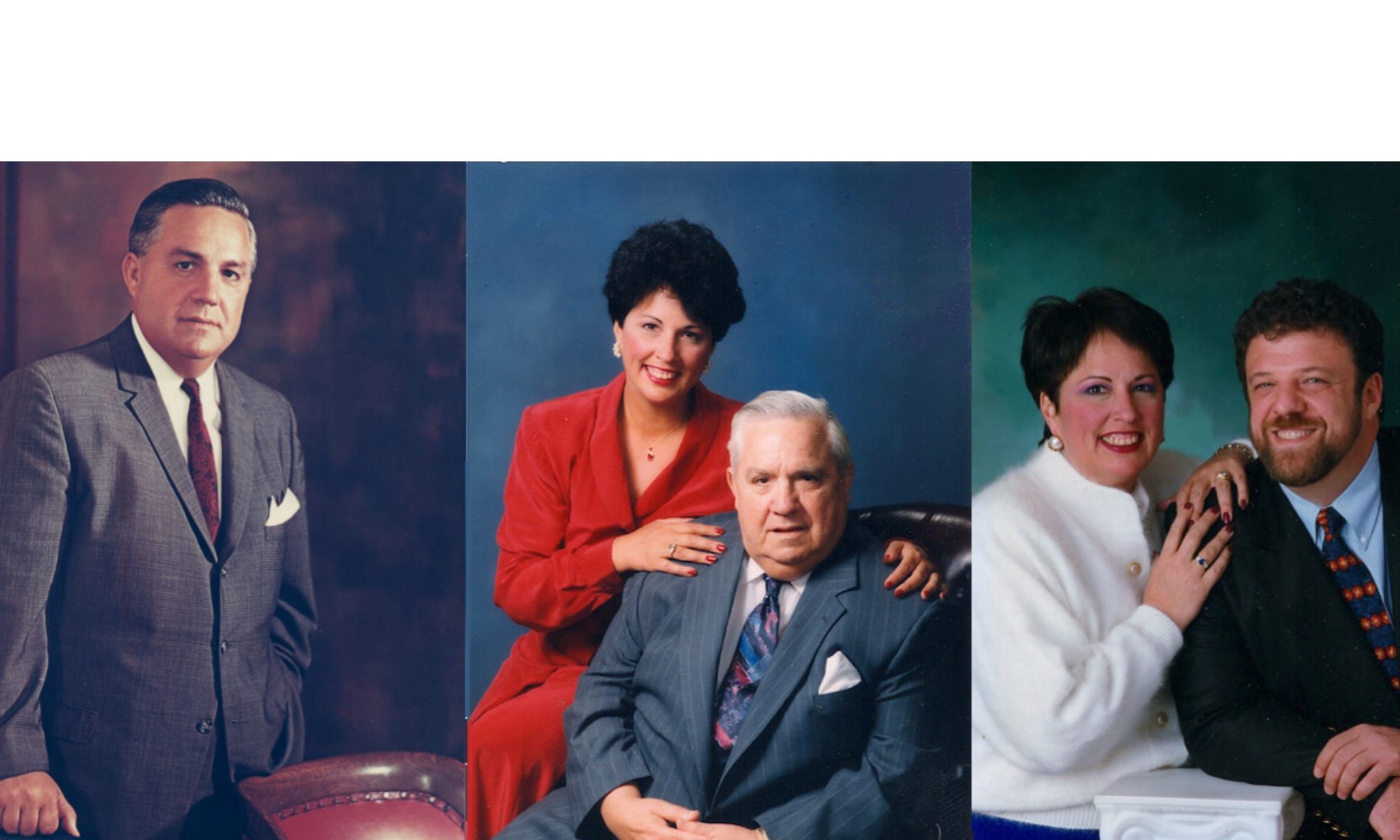FinchMarkSM means collaboration. The things you do are always the most important, working with us or not:
Some things you can know and do to protect your trademark:
- Registering your enterprise with a state as a business or non-profit provides no trademark protection for the name. Your common law trademark rights are created by using the mark in association with the sale of goods or services (a trademark identifies the source of the goods or services).
- Search the internet to see if anyone is using a name (trademark) that is “confusingly similar” to yours. You should ask yourself are there any marks that either look the same, sound the same or that give the same commercial impression. If you find similar marks, then ask yourself are they associated with similar or related products.
- Keep a trademark file in a safe place with one or more specimens showing the date of your first use of the trademark in commerce (and in interstate commerce, if you want a federal registration) for each product and/or service.
- Trademark specimens can be either a label, tag, or container for the goods, or a display associated with the goods. You can easily make a label or tag that includes the trademark and attach it to the goods or perhaps place a stamp or label containing the mark on the container for the goods. A web page that displays a product can constitute a “display associated with the goods” only if it: (1) contains a picture or textual description of the identified goods; (2) shows the mark in association with the goods; and (3) provides a means for ordering the goods.
- A website is an acceptable specimen if the mark appears near a picture of the goods (or a text description of the goods) and your customers can order the goods from the website. A website that merely advertises the goods is not acceptable. You must provide an actual screenshot of the website; i.e., merely providing the website address is not acceptable.
- Service-mark specimens must show the mark as actually used in the sale or advertising of the services recited in the application. The specimen must show proper use of the mark in commerce. This may be established by (1) showing the mark used or displayed as a service mark in the sale of the services, which includes use in the course of rendering or performing the services, or (2) showing the mark used or displayed in advertising the services, which encompasses marketing and promotional materials. Click here for more detail on specimens.
- Conduct a U.S. Patent and Trademark Office (USPTO) clearance search using the Trademark Electronic Search System (TESS). This can be complex but is free of charge. Establishing clearance is important before over-investing in someone else’s mark or before paying USPTO fees to no purpose for a trademark that is already taken. Don’t forget to look for marks that sound the same, look the same or give the same commercial impression. If you find some, ask yourself if they are for similar goods or services and registered in the same International Class. If they are, then your application could be rejected.
- When searching on TESS, pay close attention to the International Classes and the status of each search result (is the registered trademark LIVE?) Find the International Class that includes your goods or services. Then search variations as you did on the internet. If your trademark has artwork (designs) the search can be more complex. Follow USPTO instructions carefully and be thorough.
- If you are still in doubt about the availability of rights for your name (or logo), high quality, professional clearance searches by an attorney run $500 to $750 depending on word and design content, and come with legal insight, deep strategic and creative expertise, and answers to your questions. A successful clearance search makes successful registration extremely likely.
